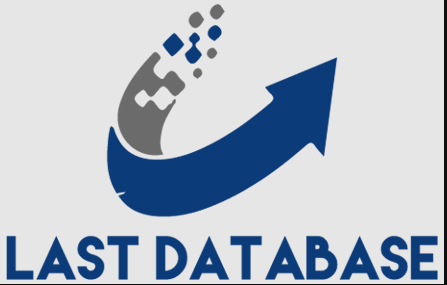ThereforeIn the modern corporate landscape, effective communication plays a pivotal role in establishing strong relationships and driving success. One significant aspect of professional correspondence is addressing emails to executives. Crafting an email that resonates with senior leaders requires a balance of respect, clarity, and professionalism. Whether you’re seeking guidance, proposing a project, or sharing updates. The way you address your email to executives can make a lasting impression. Here are some key points to consider:
1. Use Formal Salutations:
Therefore Begin your email with a formal salutation that addresses the executive respectfully.f you’re not sure of the executive’s gender, using their full name without a title is appropriate.
2. Include Their Title and Company:
Therefore In the opening line of your email, mention the executive’s title and the company they represent. This establishes context and shows that you’ve done your research. For instance, “Dear Mr. Smith, Chief Executive Officer at XYZ Corporation.”
3. Clearly State Your Purpose:
In the first paragraph, succinctly outline the Therefore purpose of your email. Be clear and concise about why you’re reaching out.
4. Showcase Relevance:
Therefore Demonstrate the relevance of your email to the executive’s responsibilities or interests. Explain how your communication aligns Therefore with the company’s goals or current initiatives.
5. Maintain a Professional Tone:
Therefore Maintain a professional and respectful tone throughout the email. Use formal language and avoid slang or overly casual expressions. Politeness and professionalism go a long way in conveying your credibility.
6. Provide Context:
Therefore Offer a brief background or context that supports the main purpose of your email. This helps the executive understand the significance of your message and its potential impact on the organization.
7. Highlight Benefits:
Therefore If you’re proposing a project or seeking their support, highlight the benefits or potential outcomes. Executives are often concerned with results.
8. Be Concise:
Executives are busy individuals. Therefore Use paragraphs and bullet points to break down information into easily digestible sections.
End with a Call to Action
Therefore Wrap up your email by specifying the desired action you hope the executive will take. Whether it’s a response, a meeting request. Or VP Business Development Email List feedback. A clear call to action guides the next steps.
10. Express Appreciation:
Close your email with a courteous thank-you and express your appreciation for their time and consideration. This reflects your gratitude for their attention and conveys a positive tone.
Professional Signature

Include your full name, title, company, contact information, and any relevant social media links or certifications.
12. Proofread hitting the send button. Proofread your email meticulously. Typos or grammatical errors can detract from your professionalism.
Therefore Effectively addressing an email to executives requires a blend of etiquette, clarity. And professionalism. By adhering to formal salutations, providing Book Your List context, and showcasing relevance, you can engage executives in meaningful conversations. Remember, a well-crafted email demonstrates your respect for their time and expertise, setting the stage for fruitful communication and potential collaboration.






